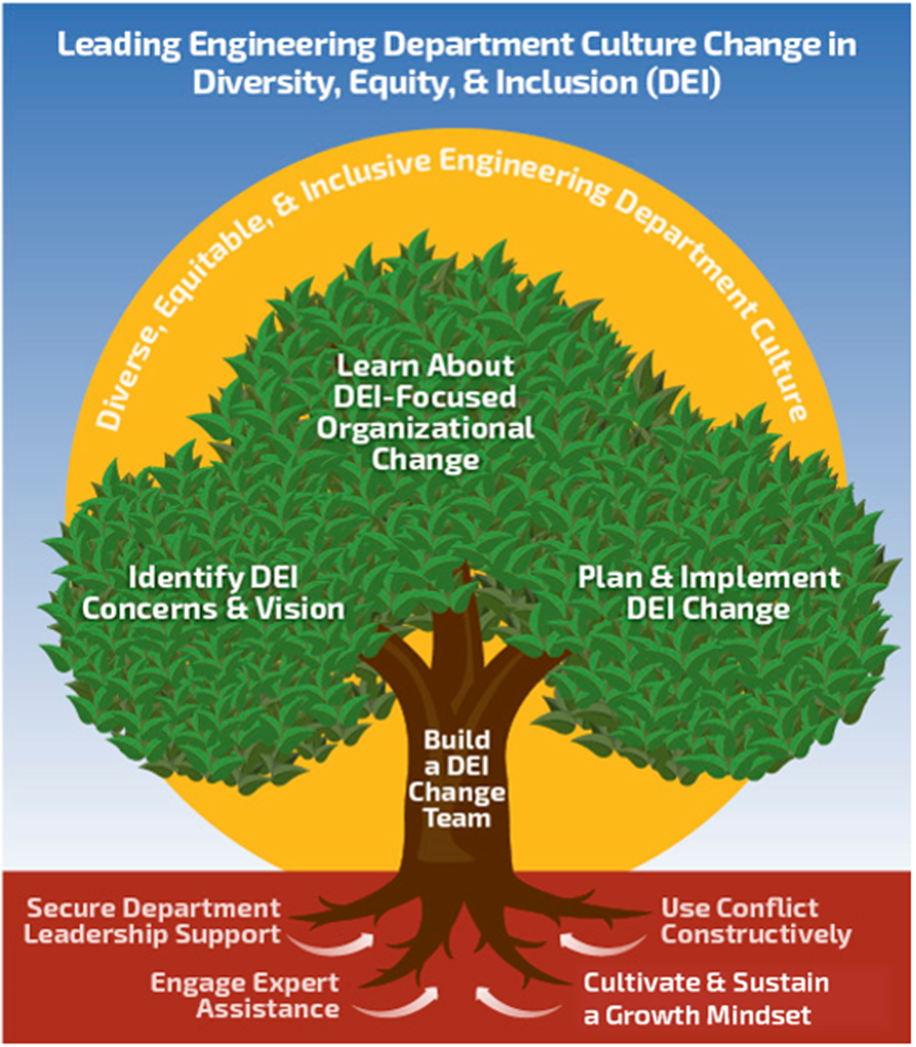Change requires coordination across roles.
Faculty and staff have broadly different foci, duties, and goals, as well as different levels and kinds of power within the institution and in relation to each other. Faculty and staff sometimes find it difficult to find common ground or clearly overlapping interests. Sometimes these differences develop into lack of good faith, or even personal or cultural enmity.
Change requires risk taking and failure.

Faculty culture involves continuous formal and informal peer evaluation. This can infuse faculty culture with a sense of constant scrutiny and professional complexity. This, then, can lead to defensive or self-protective attitudes and decrease willingness to take public risks or make mistakes.
Change requires engagement.
Many faculty and staff feel overwhelmed, stressed, behind, unsupported, and/or over-bureaucratized. If more time were available, many would prefer to increase their (too few) intellectual interactions rather than think about or change the organization.
Change in Academia: A Recap of the Challenges
Business-based change theories must be adapted to the academic environment.
Academic institutions tend to be very stable; change disrupts stability.
Academic culture has many invisible elements – change requires bringing them into awareness.
Change benefits from coordination and buy-in. Achieving both is more challenging in the generally decentralized and apprentice-based model common in higher ed.
Interpersonal relationships in this environment have unique features (such as unusual length).
Academia’s orientation toward intrinsic motivation makes change motivation more complicated.
Turnover and changes in leadership complicate a change process – and both are part of the structure of academia.
Coordination across faculty and staff roles is necessary for change.
Change requires risk taking and failure, which can feel especially challenging in an environment of constant peer evaluation.
Finally: Change requires engagement. Engagement requires time and energy. Both are in short supply.
Are you working to make change in your institution? Which of these challenges resonate for you? How do they show up in your institution, your department? Which of these had you not considered before? What other challenges have you encountered? Drop us a line if you have questions or wish to share your thoughts. We also offer 1-3 hour consultation sessions if you think that would be helpful to support you on this journey towards success.



